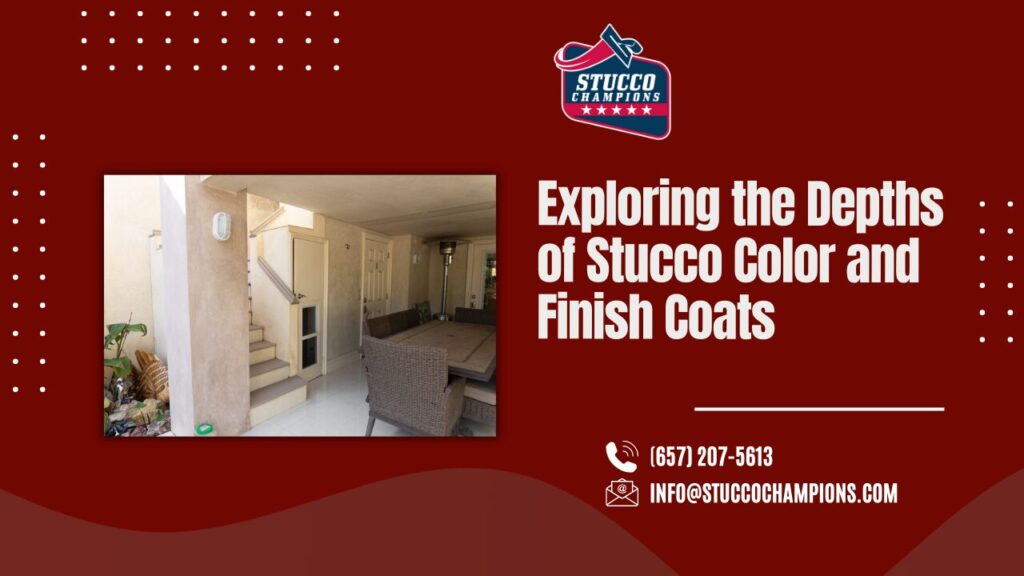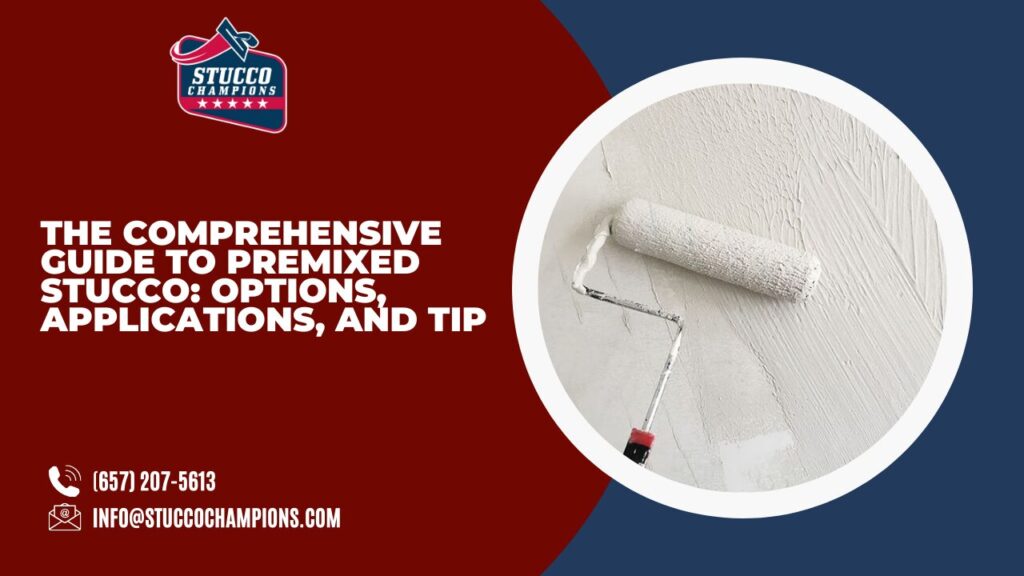Exterior Stucco 101: A Guide for Homeowners
The term ‘stucco’ has Germanic origins and has been used since the Middle Ages. It ranges from coarse plaster for rough exterior surfaces to fine plaster for walls, ceilings, and floors. The materials used in stucco vary significantly, including binders like gypsum, limes, cement, and linseed oil, and aggregates like marble dust, crushed stone, and sand.
DESIGN AND USE OF STUCCO HISTORICALLY
Stucco became popular in Britain in the early 19th century for simulating finely dressed stonework. Applied over brickwork or rubble stone, it offered a cost-effective alternative to stone. Stucco was introduced in London in the late 18th century and became popular during the Regency and early Victorian periods for smooth, evenly colored house fronts.
CONSTRUCTION
Stucco renders come in three basic types: fat lime and sand mix, hydraulic mix, and various forms of mastic. Correct identification of the material is essential when carrying out repairs to ensure historical continuity and structural compatibility.
LIME-BASED STUCCO
A pure or fat lime is prepared by slaking quicklime made from pure limestone or chalk. For repairs, dry hydrated lime is sometimes used, although mature fat lime is preferred. A faster set can be achieved with hydraulic lime or by adding a pozzolanic additive like brick dust. Roman cement, a form of hydraulic lime used in stucco since the 1790s, has a distinctive pinky-brown color.
COMMON MISTAKES AND CAUSES OF FAILURE
Neglect is the most common reason for stucco failure. Regular maintenance is required to prevent water penetration and surface breakdown. Failures in rainwater disposal systems often lead to salt efflorescence, staining, and biological growth. Using the wrong materials for repairs can exacerbate decay. For example, hard cementitious materials are incompatible with stucco or lime-based render and can lead to further issues.
When conserving stucco, it’s important to record the area before starting work. Remove inappropriate materials carefully and replace them with suitable stucco or render. Hollow areas and voids in lime-based stucco should be flushed out and filled with fresh mortar based on trial results. Salt efflorescence and algal growth should be removed, and vulnerable areas should be supported until repairs are set.
ASHLAR EFFECTS AND FINISHES
The topcoat of stucco was often given a smooth, trowelled finish, and scored or lined to imitate ashlar. Joint lines could be marked while the top coat was still green, using tools or battens. Traditional renders were often painted, but some early stucco recipes were self-colored.
Last week’s post, Should You Choose Stucco? Know the Pros & Cons, explore the benefits and drawbacks of stucco as a building material. We discussed its durability, aesthetic appeal, and maintenance needs, helping you make an informed decision for your next project.
—
Ready to Work With Stucco Champions? Contact Stucco Champions today for a free consultation! Visit us at stuccochampions.com for helpful resources and to learn more about our services.



